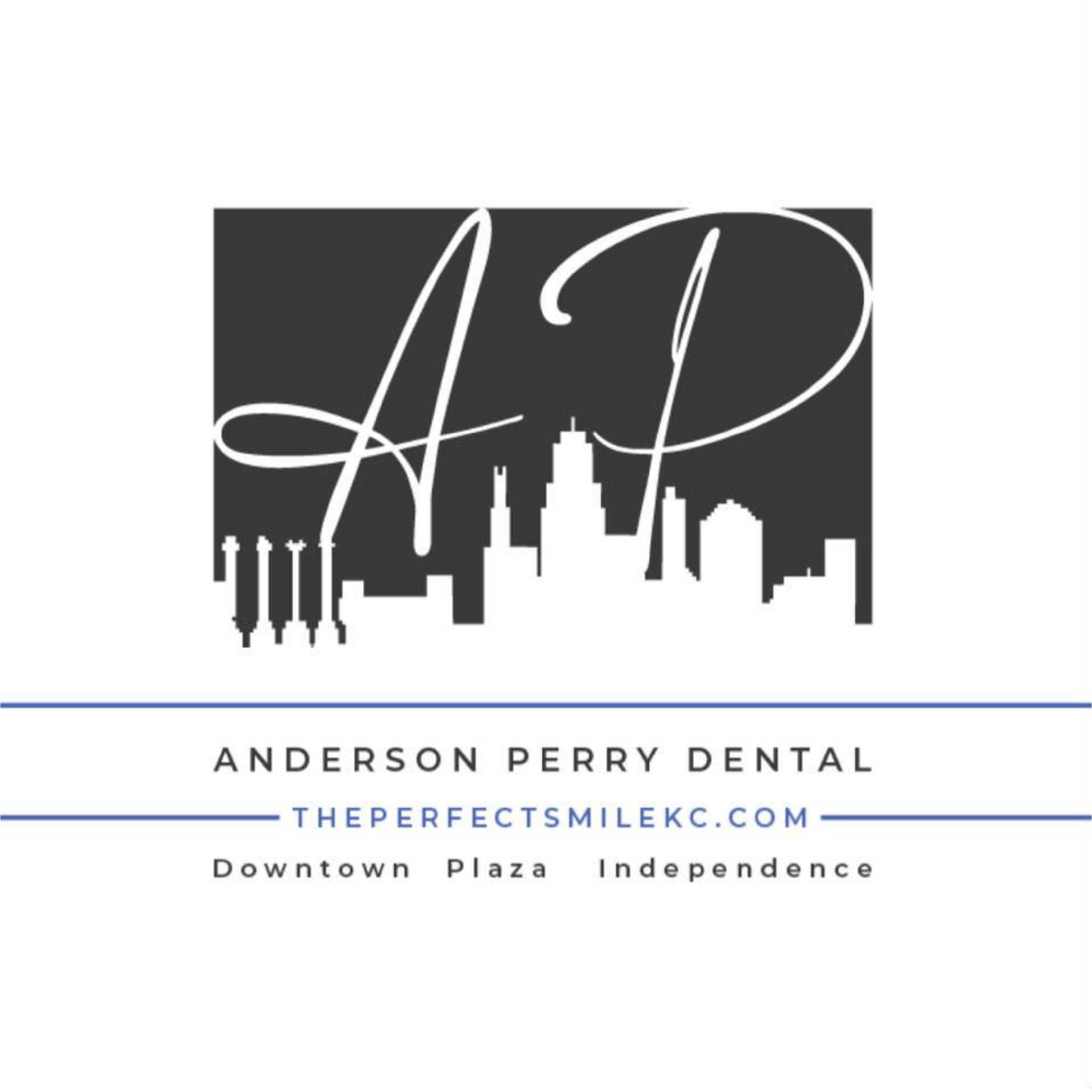Oral Health: Visible and Invisible Signs of a Healthy Smile
Is Your Smile Healthy??
A healthy smile and healthy mouth are great assets! Our teeth play such important roles in our lives – they help us chew our food, talk and speak to others, and give our face its beautiful shape. Not only that, but our smiles give us confidence and influence our careers, social lives, relationships, and more. How do you know if your smile is healthy? Let’s take a look at the many signs, visible and invisible, of a healthy smile.
Related Article:
Signs of a Healthy Smile
There are both visible and invisible signs that you have a healthy smile, let’s look at them …
Here are some visible signs:
- White teeth, free of excess stains: Teeth that are very yellow could indicate tooth decay.
- An aligned bite: When the top and bottom jaw align, wear and tear is distributed evenly when chewing and biting.
- Smooth, pink tongue: Sometimes we can have a white film on the tongue from decayed particles from food. Proper tongue cleaning can often get rid of this film. Canker sores or red patches on the tongue could indicate health problems.
- Firm, pink gums: White, red, or dark pink gums could indicate inflammation or gum disease.
- Gums that aren’t recessed too low: 3 millimeters is the max amount gums should recede from the teeth.
Let’s look at some invisible signs of a healthy smile:
- Fresh breath: Although it’s impossible to have fresh breath all the time (especially after we wake up in the morning) but, the constant presence of bad breath, even after brushing and flossing, is often an indicator of tooth decay.
- A moist mouth: Although the word “moist” may be uncomfortable for a lot of us to say, the truth is, a moist mouth is a healthy mouth. A mouth that is dry cannot wash away bacteria with saliva – which is our natural mouthwash.
- Free of pain or discomfort: Pain let’s us know that something isn’t quite right. If we’re experiencing any toothaches or discomforts in the mouth, something needs to be checked out.
- No sensitivity: Tooth disease often manifests with tooth sensitivity. If your teeth are pain-free, then chances are they’re healthy and don’t have cavities.
Some Foods Can Harm Your Healthy Smile
10 Tips to Improve Your Smile
Your smile is one of the first things that people notice about you. A healthy smile isn’t always achieved overnight, but takes a variety of methods to help create and maintain. Here are 10 easy things you can do to help improve the appearance and health of your teeth.
- Floss daily
- Schedule your dental exam and cleaning twice each year
- Give up smoking
- Limit your coffee, tea, and red wine
- Choose your whitening products carefully
- Buy a quality toothbrush
- Drink plenty of water
- Improve your other health conditions
- Get dental treatment in a timely manner
- Brush your teeth twice a day
- Form good oral hygiene habits
It can take some time before you start to notice changes from improved oral hygiene. While these changes don’t come overnight, they are certainly worth the time and effort, both for the sake of your smile and your overall health. A healthy mouth often goes beyond just what we can see. That’s why it’s always important to see your dentist every 6 months for proper checkups, so your dental team can check for all the signs of a healthy mouth. A healthy mouth is a beautiful mouth and a healthy smile is a beautiful smile!
As you can see, it’s difficult to maintain a healthy smile if you’re not regularly visiting the dentist. We get a lot of questions about what to expect during your dental appointment, so we thought we’d answer the most commonly asked questions in a FAQ…
FAQ: Dental appointment
Q. What Happens During Your Cleaning?
If you are due for routine x-rays, we will begin by taking updated films. During your cleaning, the dentist or one of our expert hygienists will use a scaler (a small metal instrument with a blade-like end) to scrape off tartar above and below the gum line. Or he or she may use an ultrasonic vibrating device to shake loose plaque and tartar and then rinse it away with a stream of water. An oral cancer screening will be completed. We will then polish your teeth with a lightly abrasive paste and finish up with a flossing. The now-smooth tooth surfaces make it more difficult for plaque to accumulate before the next cleaning.
Q. What happens during an Oral Cancer Screening?
During an oral cancer screening exam, your dentist looks over the inside of your mouth to check for red or white patches or mouth sores. Using gloved hands, your dentist also feels the tissues in your mouth to check for lumps or other abnormalities. The dentist may also examine your throat and neck for lumps.
Your dentist will not be able to diagnose cancer during an examination. Oral cancer can be diagnosed only with a biopsy, when a sample of tissue in the area is removed and examined under a microscope. However, your dentist can identify suspicious-looking areas or growths that may need further evaluation.
The bad news: Oral cancer is common. The good news: If you have oral cancer and your dentist finds and treats it early, it usually is very curable. Oral cancer can usually be detected by a dentist or doctor in a routine mouth exam.
Q. What Happens During Your Dental Exam?
When you see us for your dental appointment, we will carefully examine your teeth, gums, jaw, and oral tissues. We will also refer to your most current x-rays to help to assess your oral health. The purpose of the exam is to accurately assess your current oral health and if possible, identify problems, such as oral cancer, while in their earliest stages. When patients attend routine checkups as recommended by the Dr. Thomas L. Anderson or one of our gentle dentists, we tend to uncover problems before they can lead to complications that require more extensive treatment options.
Q. How Often Should You Have Schedule a Dental Exam & Cleaning?
The American Dental Association recommends regular dental appointments every six months and we agree!
- Children (once their first baby teeth erupt), teens, adults, and seniors all benefit from regular exams every few months.
- Those with high risk factors of gum disease and other oral health issues may benefit from an exam every three to four months.
If you have any questions or if you would like to schedule one for yourself, then contact our team today!
Remember, if you are suffering from any pain, or notice a sore or legion that is not healing, please call to schedule an Emergency Dental Appointment, so we can help you get out of pain.
Do You Have Questions About Achieving a Healthy Smile?
We can provide a thorough exam to assess the health of your smile. At Thomas L. Anderson and Associates, we can help to ensure you maintain a lifetime of healthy smiles. We proudly offer our services to the Kansas City Metro and surrounding areas. Contact us today at one of our three convenient locations to schedule your dental appointment or to learn more about our other services.
Contact us today to schedule your dental appointment and meet with our skilled dentists at one of our three conveniently located dental office locations within the Kansas City area, including Lee’s Summit / Independence, the Country Club Plaza and Downtown Kansas City. The gentle dentists and expert team at Thomas L. Anderson and Associates look forward to working with you to treat your dental emergency, achieve proper oral health and a beautiful smile that will last a lifetime. If you have any questions about your dental insurance benefits, please do not hesitate to contact us. We are happy to review your policy! Please give us a call today to schedule an appointment and become part of our dental family.

